The federal government has awarded four contracts totalling $330 million for upgrades to the Trent-Severn Waterway in central Ontario.
The contracts encompass some 30 projects slotted into the four contract bundles determined by their geographic location along the 386-kilometre waterway that links the Bay of Quinte on Lake Ontario to Georgian Bay on Lake Huron through a system of rivers, lakes, canals and locks. The system has 44 locks, a marine railway, and approximately 160 water-control structures.
The project owner is Parks Canada and the awards were announced April 25 by Public Services and Procurement Canada (PSPC) under the Trent-Severn Waterway Federal Infrastructure Investment Program.
The contracts include the replacement, restoration and repair of dams, locks, canal walls and other water-retaining structures along the waterway. Design work has already begun and some field work will begin this year. Major construction will begin in 2018 and is expected to be completed in 2020.
South and central Ontario bundles were awarded to the joint venture Maple Reinders Constructors Ltd. and Construction Demathieu & Bard Inc., the Kirkfield bundle went to EllisDon Civil Ltd. and Chant Limited in joint venture and the north bundle was awarded to Maple Engineering & Construction Canada Ltd.
Felix Ip
PSPC
As a heritage system with some locks and dams that were originally built in the 19th century, each project is unique, requiring different treatment by the contractors explained PSPC’s regional director for Parks Canada infrastructure Felix Ip.
"Whenever we have a chance to upgrade the technology, we would take the opportunity to modernize to the 21st century," said Ip. "However, this is a natural historic site, so we need to be mindful of unique aspects that are unique to the system and Parks Canada has very strict guidelines for preserving some of the heritage values on certain structures."
He compared the approach taken to two separate projects.
"Dam 1 is a complete replacement, so that one will be a totally modern structure, but Lock 19 is a very unique masonry lock," said Ip. "So that one will be preserved. So it is a combination of both…everyone is different."
The work on Dam 1 will require replacing the original concrete gravity structure that has 18 sluices and uses wooden stop locks with a modern design and fully mechanized gates with fewer and wider sluices, Ip explained.
The system upgrades are necessary due to wear and tear, erosion, weakened materials and damage from ice jams in some of the northern regions, he said.
The system originally played a significant shipping role but into the 20th century usage was mainly limited to tourism and local navigation. Over 123,000 boaters travelled on the waterway last year, an increase of six per cent over the previous year.
There are a few hydro-electric stations incorporated into the system and there will be at least one additional power plant built as part of the current round of reconstruction.
Ip noted that rehab projects have been undertaken piecemeal in recent decades and this round represents the largest package of builds in a long time. Overall, Parks Canada will be spending $600 million to upgrade the waterway.
Heavy civil constructors were consulted on project development back in 2015 on an industry engagement day that was very well attended and offered good feedback, said Ip.
And now there will be work for numerous trades as excavators and crane operators, for example, prepare for concrete work, drillers and heavy equipment operators do site work and mechanical and electrical trades including hydraulic fitters work on such components as mechanical gates, Ip explained. Carpenters and masons will also be in demand, he said.
But once the builds are done, it will be awhile before their services are next required.
"According to Canadian Dam Association guidelines and standards, we are not talking about 20 or 50 years, we are talking at least 75 to 100 years," Ip said about the anticipated life expectancy of the projects.
Navigation channels will be maintained throughout the project, he said, meaning boaters will have access to the complete waterway at all times.
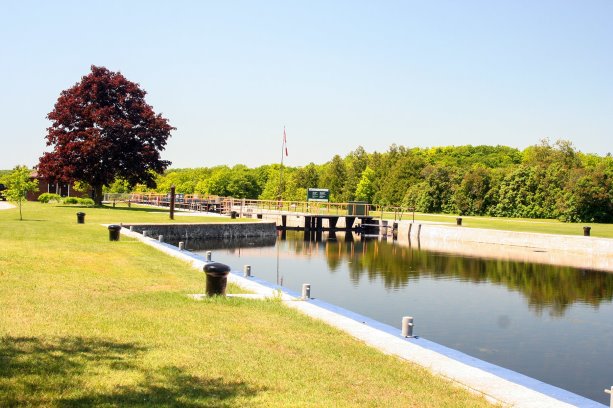


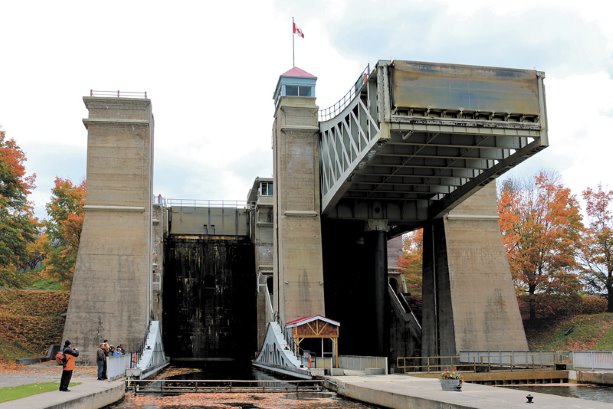
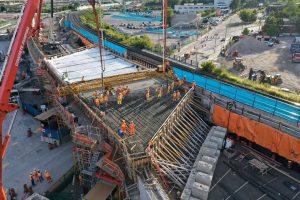
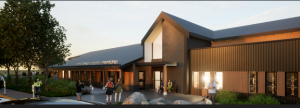


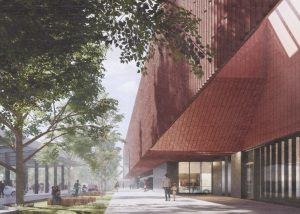
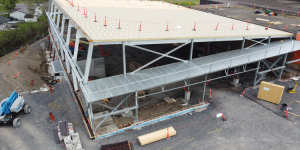


Recent Comments
comments for this post are closed